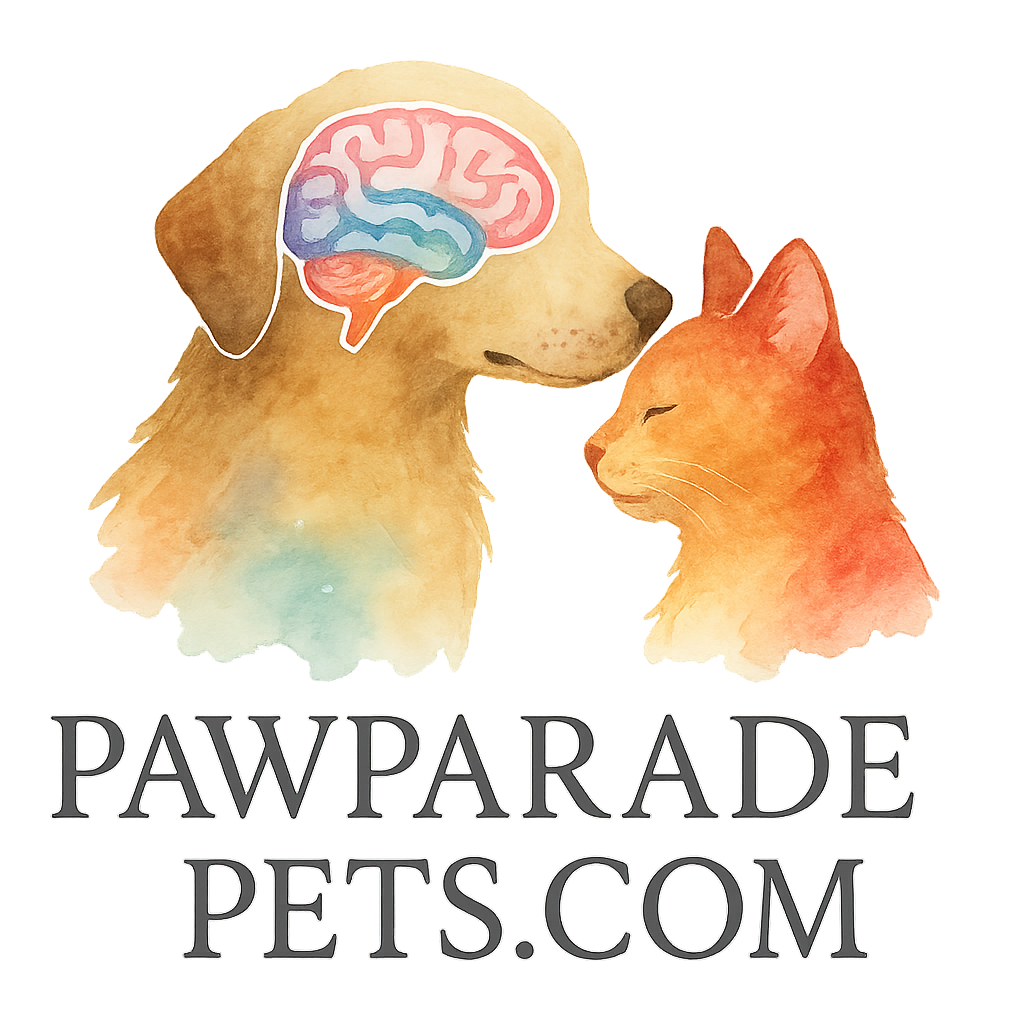Does your pet ever look at you like they’re plotting something? That’s not just curiosity—it might be intelligence looking for an outlet. Pets, especially dogs and cats, thrive when they’re mentally stimulated. In this guide, we’re diving into 7 brain puzzles that improve logical thinking in pets, so you can turn your couch potato pup or sassy feline into a furry little genius.
Why Logical Thinking Matters for Pets
Just like humans, pets benefit immensely from cognitive challenges. Logical thinking helps them solve problems, reduce anxiety, and engage more positively with the world around them.
The Rise of Pet Intelligence Tools
Thanks to the pet tech boom, we now have access to tools and toys for brain training that were unthinkable a decade ago. These gadgets and puzzles aren’t just trendy—they’re game changers for pet well-being.
Benefits of Brain Puzzles for Pets
Mental stimulation isn’t just a luxury—it’s essential for a pet’s happiness.
Emotional Balance and Behavior Control
Logical puzzles can calm hyperactive pets and reduce destructive behavior. This kind of enrichment supports overall mental health, helping pets manage emotions better.
Boosting Obedience and Discipline
What’s fascinating is how brain puzzles link to training. They build on basic obedience by encouraging pets to follow commands with logic.
How Puzzles Influence Obedience Training
Puzzle time enhances focus and discipline—two pillars of any solid behavior & obedience training program. It’s an underrated but powerful way to reinforce positive behavior patterns.
Choosing the Right Puzzle for Your Pet
You don’t need to break the bank or buy the flashiest toy. The best puzzle is the one your pet engages with consistently.
Factors to Consider
- Skill level: Some pets are puzzle-solving pros; others need a little hand-holding.
- Durability: Go for sturdy materials, especially if your pet is a chewer.
- Complexity: Start simple and scale up.
Age, Breed, and Cognitive Skill Levels
Certain breeds are naturally more curious or problem-solving inclined. Senior pets may enjoy simpler activities, while younger, active pets might crave more challenge.
7 Brain Puzzles That Improve Logical Thinking in Pets
Let’s break down the champions of pet puzzles. These seven are absolute brain boosters, designed to foster critical thinking in pets of all types.
1. The Hidden Treat Puzzle
This classic involves hiding treats under sliding compartments. It’s perfect for beginners and builds essential problem-solving skills. Check out games & activities like this to boost interaction.
2. Interactive Ball Dispensers
These rolling toys dispense treats as pets push them. It teaches cause and effect, and encourages active engagement.
3. Tug-A-Solution Rope Puzzle
Think tug-of-war with a twist. The puzzle only releases a reward if your pet tugs it just right. It’s physical, fun, and forces them to think before they act.

4. Slide-and-Lift Boards
With various pieces to move, pets need to strategize which direction will lead to a reward. This toy builds their problem-solving muscle like no other.
5. Electronic Touch Pads
Yes, some pets can operate a touchscreen! These puzzles flash colors or sounds and dispense treats when a correct sequence is tapped. A high-tech way to stimulate your pet’s intelligent brain.
6. Scent Tracking Maze
Scent-driven pets love this. Hide bits of food in a maze to stimulate their tracking instincts. This taps into their natural behavior while still presenting a cognitive challenge.
7. Puzzle Towers with Levels
These are tiered toys where pets must remove or move layers to reach the treat. It encourages persistent thinking and physical coordination.
Tips for Introducing Brain Games to Pets
Even the best puzzle won’t work if your pet doesn’t engage. Here’s how to introduce them the right way.
Patience Is Key: Don’t Rush It
Let them explore at their own pace. Encourage without overwhelming.
Positive Reinforcement Goes a Long Way
Praise them for trying—even if they don’t solve the puzzle right away. Treats + affection = motivation!
Tools and Toys That Support Brain Training
Want to level up their puzzle game? Check out these essentials.
Must-Have Gadgets and Interactive Toys
From smart mats to robot feeders, the market is full of innovation. Dive into our guide to brain training tools and choose ones suited to your pet’s playstyle.
How To Use These Tools Effectively
Rotate toys to keep things fresh. Pair devices with physical play for a full-brain workout. Don’t just rely on one item—variety is key.
The Science Behind Pet Brain Stimulation
Brain games aren’t just fun—they’re backed by research.
Neuroplasticity in Pets
Just like us, animals have the ability to rewire their brains with new challenges. Consistent exposure to puzzles increases adaptability.
Role of Repetition and Challenge
Repetition builds familiarity, while increasing challenge keeps the pet engaged and avoids boredom. Find the balance between too easy and too hard.
Brain Training vs. Basic Obedience
Is brain training better than obedience drills?
Complementary or Contradictory?
They go hand-in-hand. Obedience teaches structure, while brain games teach decision-making. Together, they produce a well-rounded pet.
Making Brain Puzzles Part of Daily Routine
The magic isn’t in the puzzle—it’s in the consistency.
Integrating Puzzle Time with Playtime
Brain puzzles can be seamlessly woven into fun daily activities. Treat it like a mental gym session that’s just as important as a walk or belly rub.
Conclusion
Investing time in brain puzzles that improve logical thinking in pets isn’t just a trend—it’s a commitment to your pet’s lifelong happiness and health. These games stimulate their minds, improve their obedience, and enrich their lives in powerful ways. With a little effort and the right tools, you’ll be amazed at how clever and capable your furry friend truly is.
For more interactive solutions, check out our guides on brain training basics and dive deeper into advanced cognitive challenges.
FAQs
1. How often should I give my pet a brain puzzle?
At least 3–4 times per week. Daily is ideal for active pets.
2. What if my pet doesn’t seem interested?
Try using high-value treats and simpler puzzles to start. Build their interest gradually.
3. Are puzzle toys safe for all breeds?
Yes, but always choose puzzles that match your pet’s size and chewing strength.
4. Can senior pets benefit from brain puzzles?
Absolutely. Just opt for puzzles that are easier on joints and eyesight.
5. What’s the best beginner brain game?
The Hidden Treat Puzzle is a great place to start for most pets.
6. Can cats enjoy brain puzzles too?
Definitely! Use puzzles with scent or small movements to trigger their curiosity.
7. Where can I find more pet training resources?
Visit Paw Parade Pets and explore our tags like brain-stimulation, training, and engagement for expert insights.


